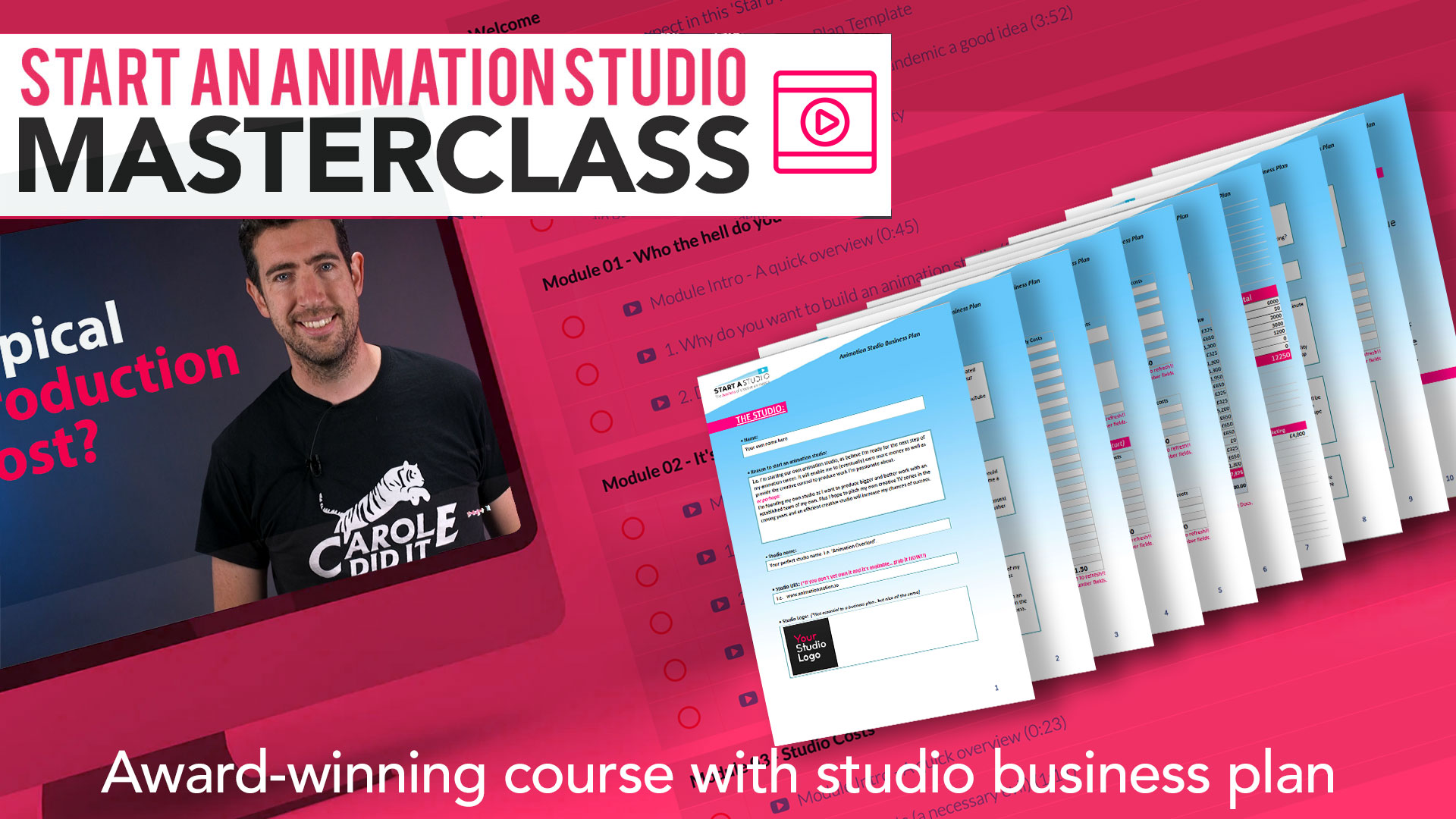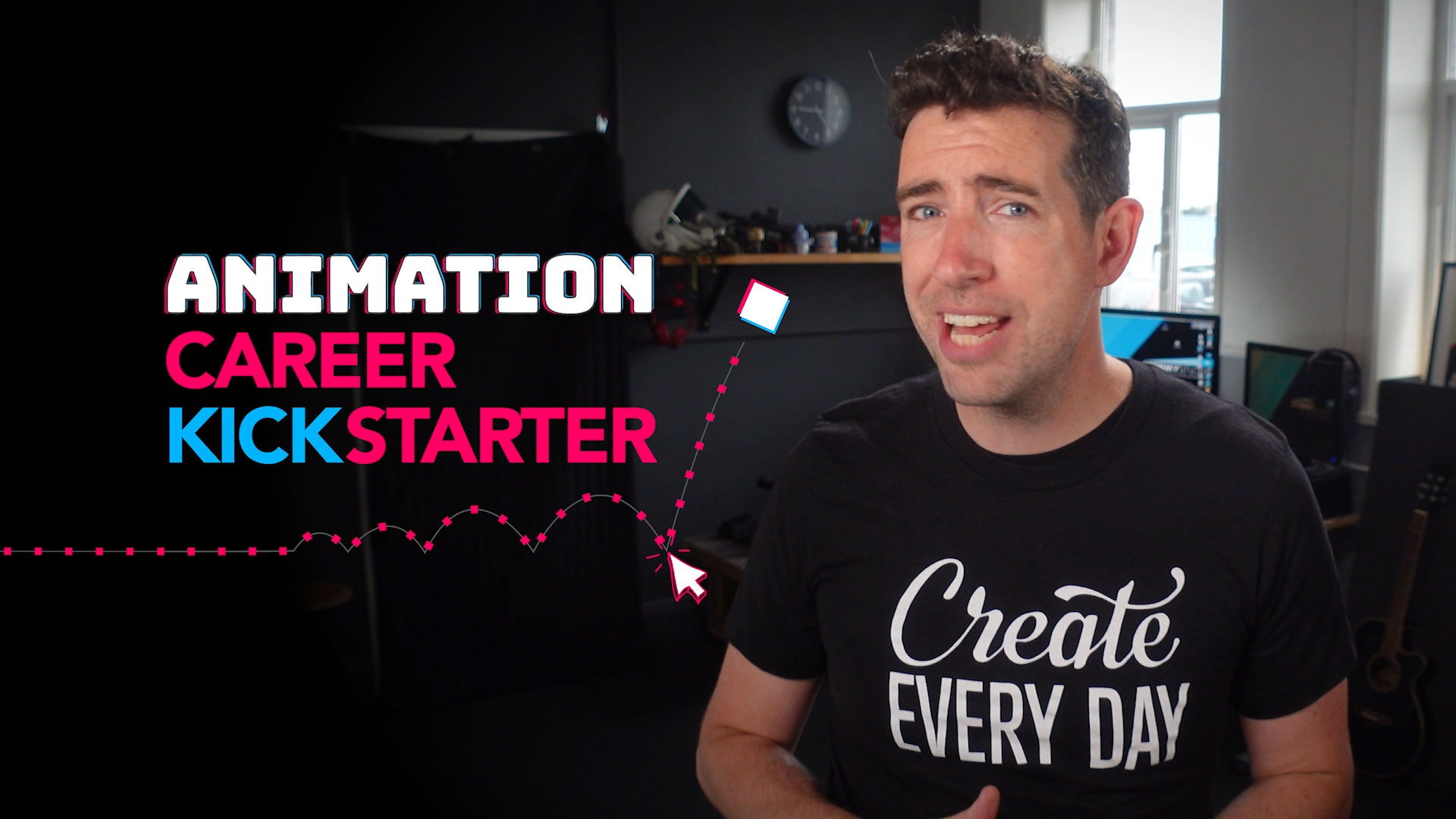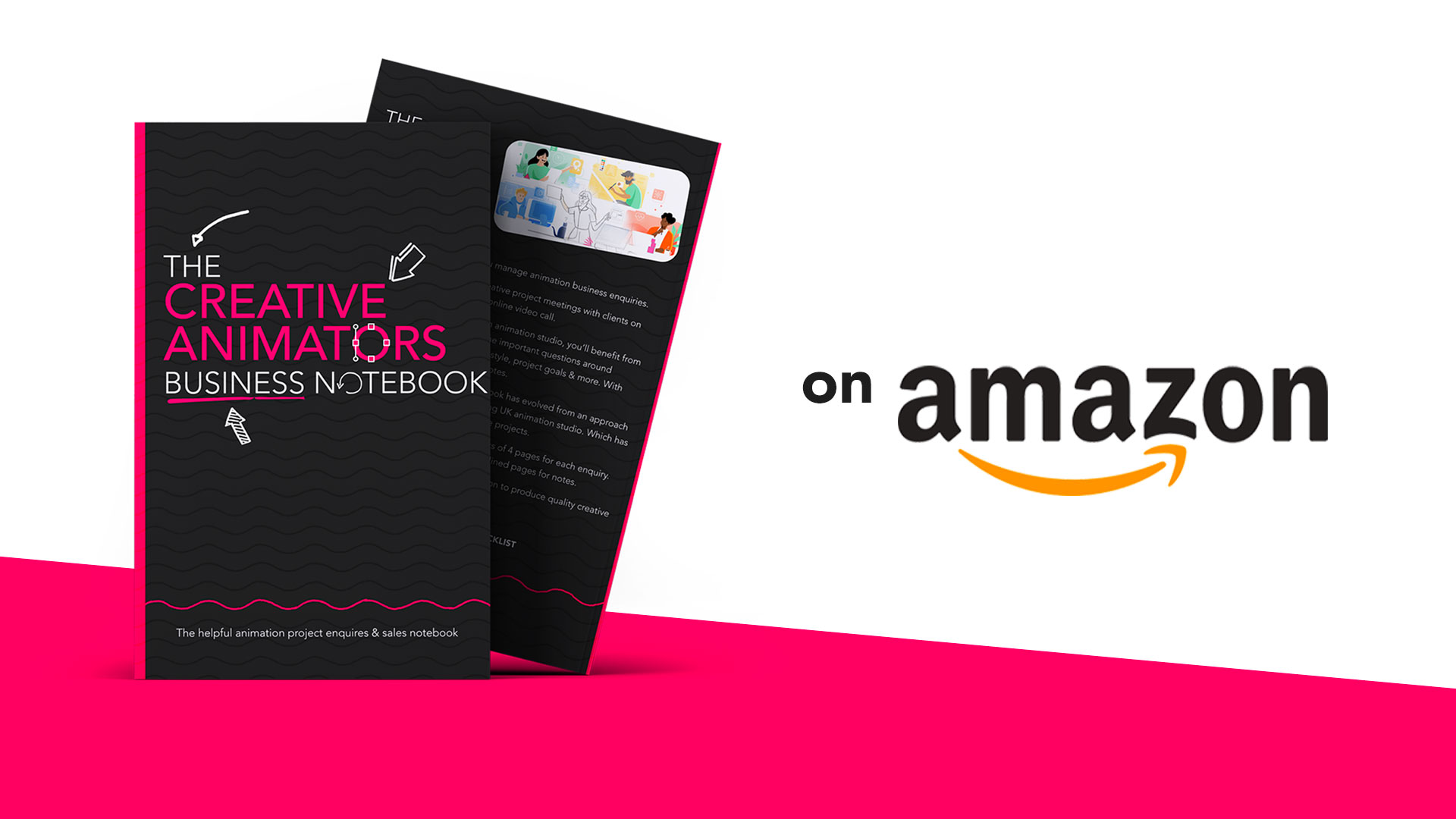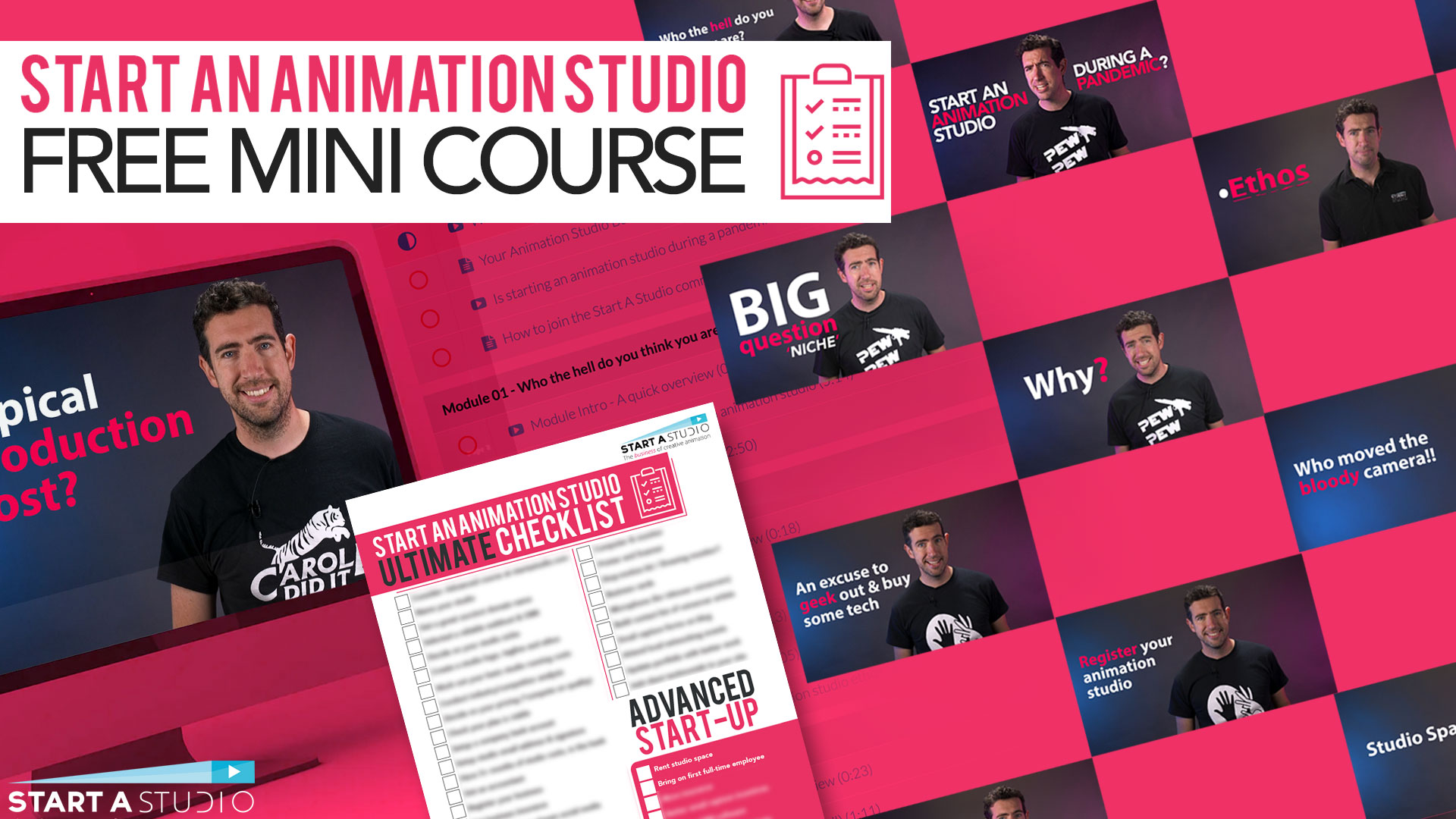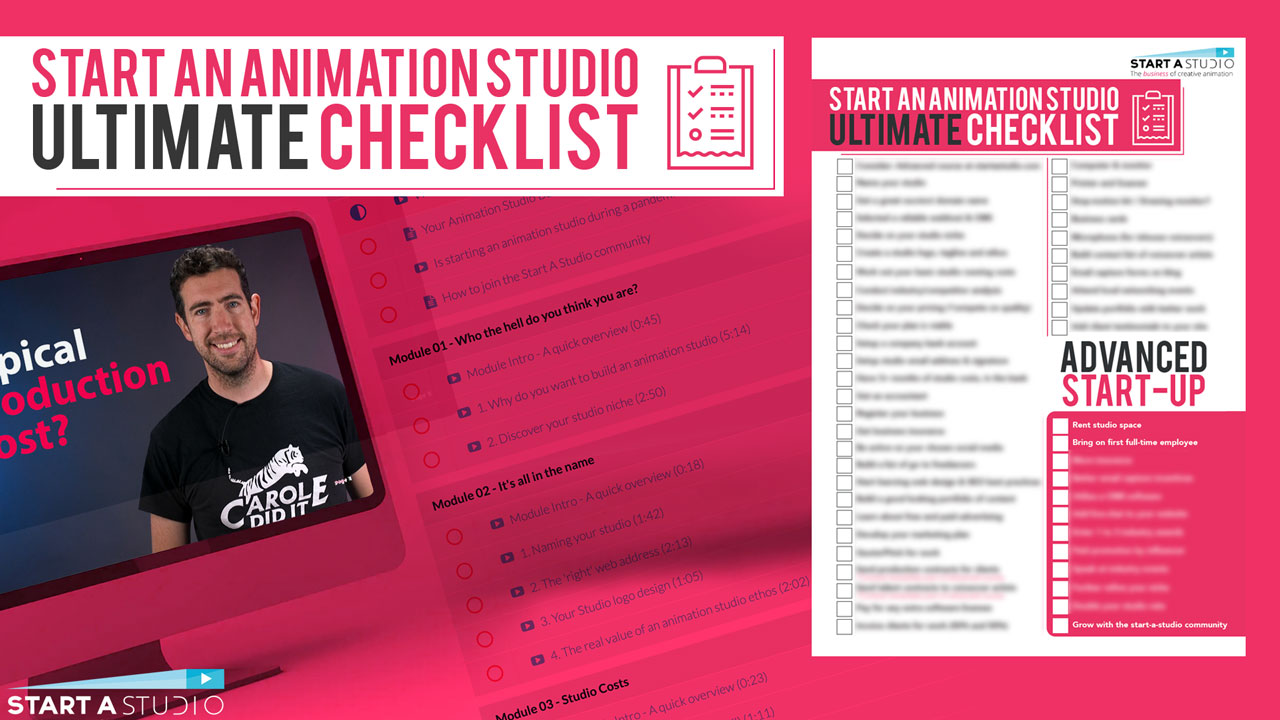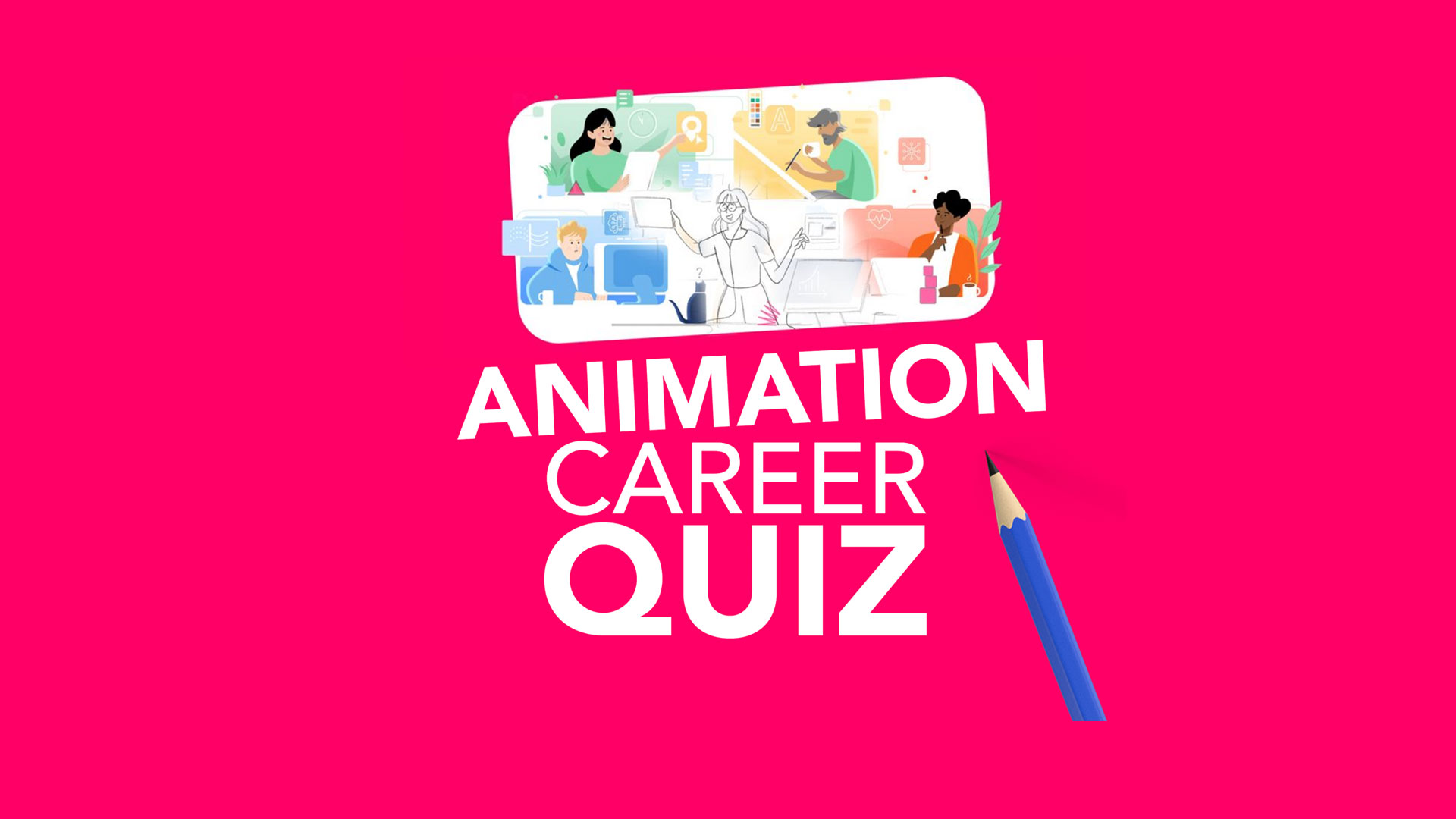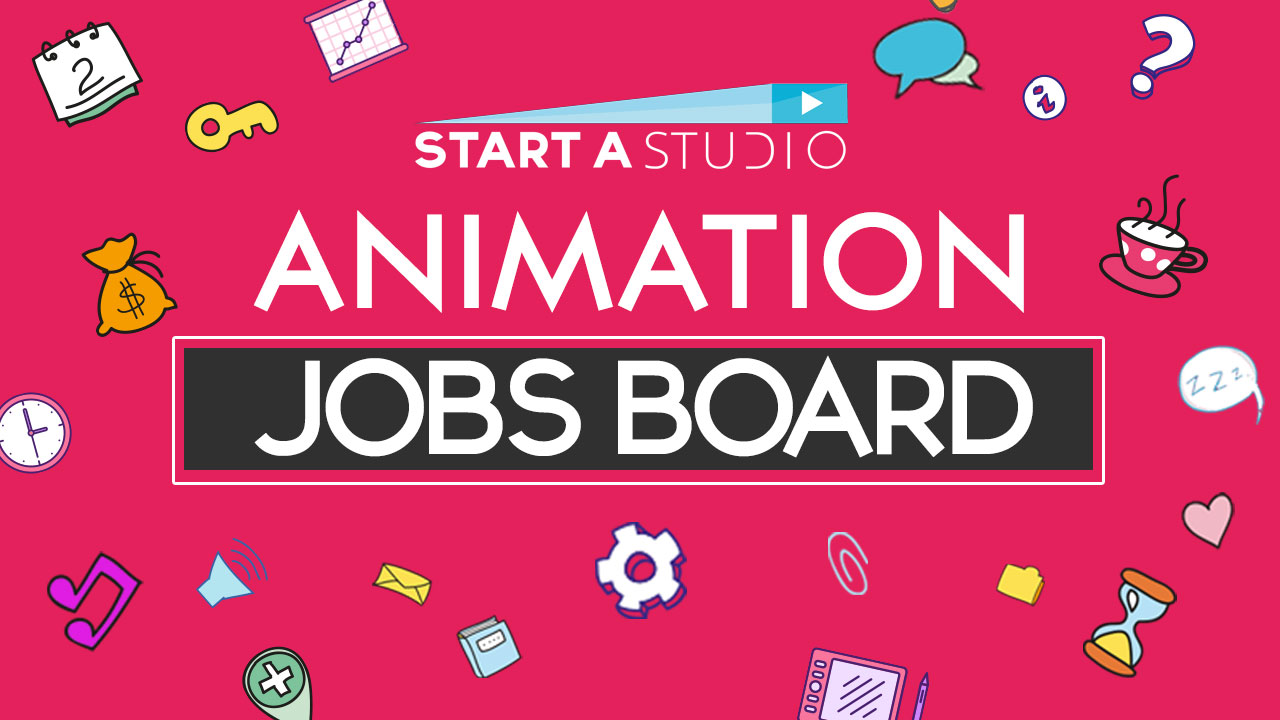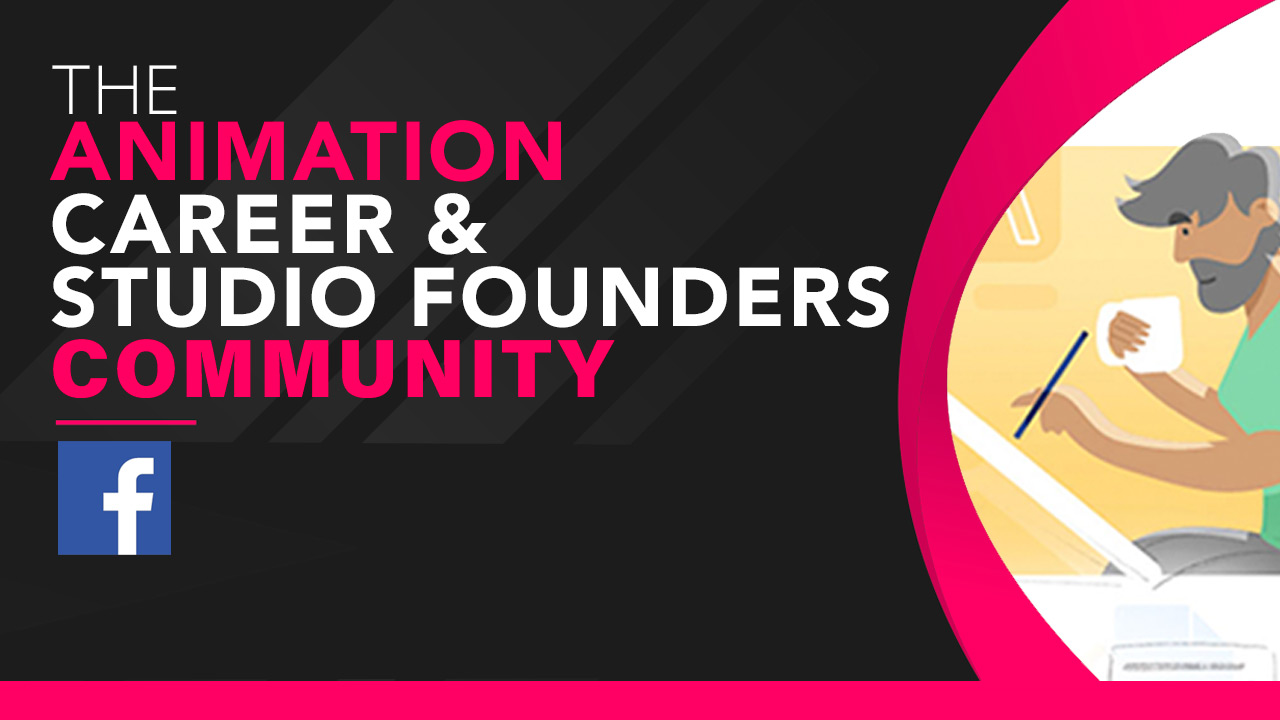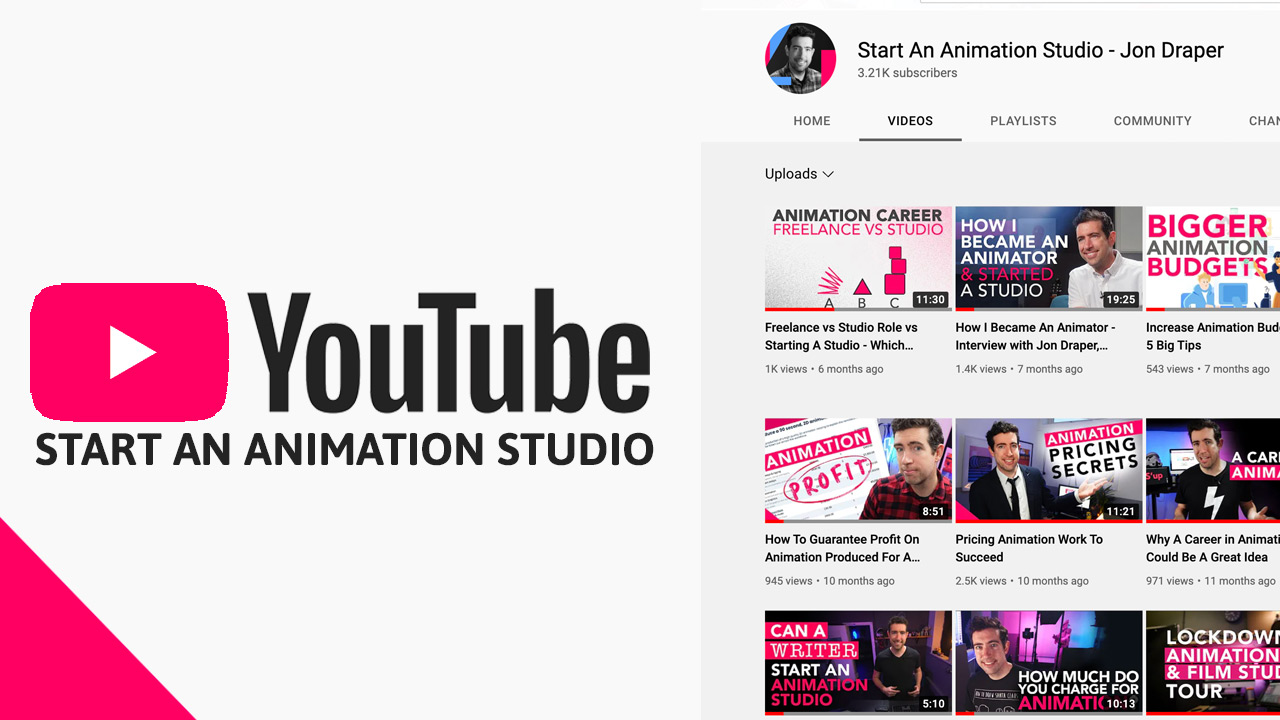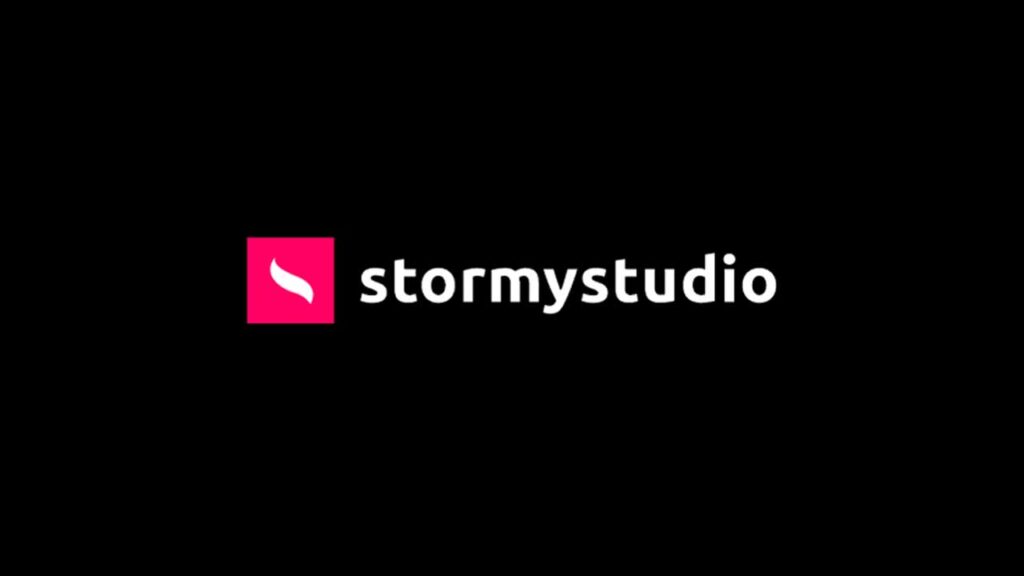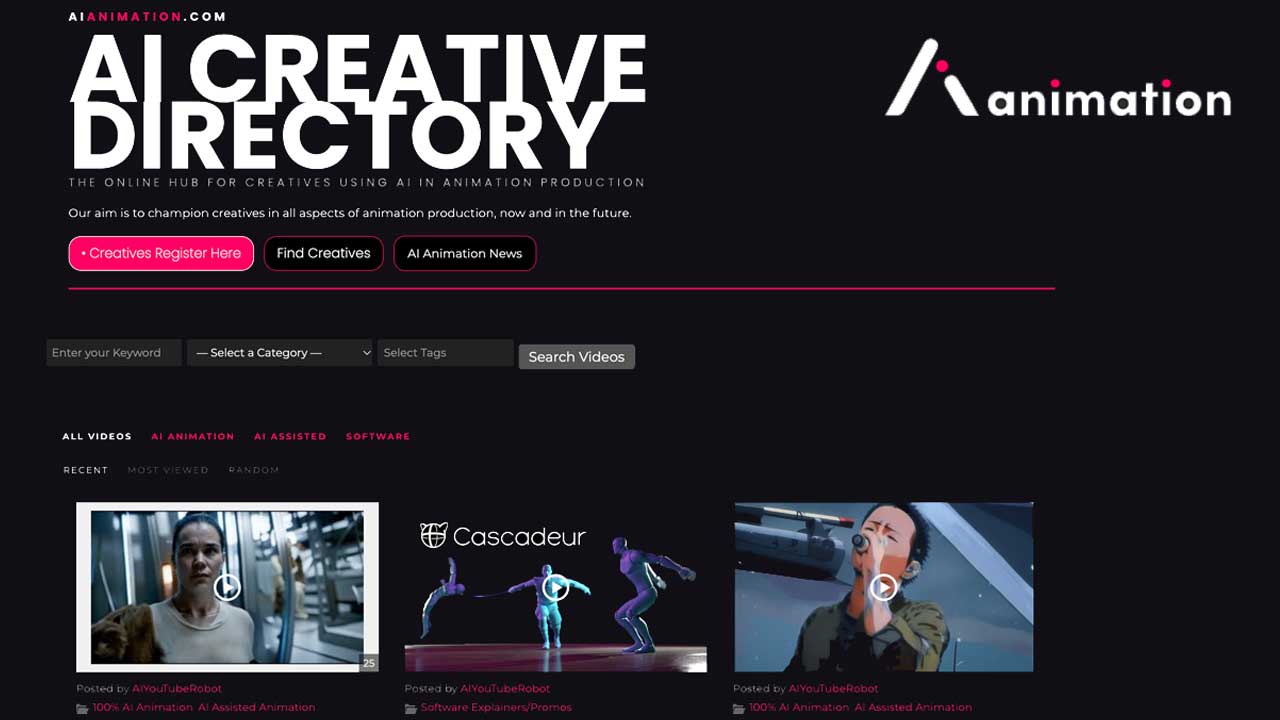Whether you’re a jack of all trades or the master of one, here’s how to be a successful freelance animator…
If you’ve been approached by a client, it might seem obvious what’s required of you as a successful freelance animator. However, in order to build success in the future, you need to go above and beyond and give your animation services a competitive edge. With nearly 43% of the UK creative industry made up of freelancers, here’s how to stand out from the crowd…
1. Communicate
Great and consistent communication is essential for a freelance animator.
If you’ve been approached by a new client, you’ll have to pick up a lot of information very quickly. Check the client’s preferred method of communication (Email, Slack, WhatsApp, Zoom?) and stick to it. Then, start asking questions. What is the client looking for? Are they contacting you on behalf of a studio? What kind of work does the studio produce?
Even if you’ve worked with a studio or client in the past, every project is different. Ask detailed questions to ensure you thoroughly understand the brief. Continue to ask questions throughout the project so you can make any adjustments quickly and make sure your work is consistent with the brief.

2. Be transparent
As much as a studio or client will appreciate a freelancer who can complete a project weeks ahead of schedule, honesty is the best policy. Plan ahead as much as possible and notify the client or studio if you foresee any hurdles in production.
If you won’t be able to deliver the promised work in the agreed amount of time, flag the problem as early as possible to give the studio time to make other adjustments.
As a freelance animator, it can be difficult to know how much to take on, particularly if you’ve had several project opportunities appear in a short amount of time. Organise your time carefully and make sure that you can deliver what you promise.
Be transparent about budget. Most freelancers are not VAT registered, so smaller studios may not include freelance VAT in their budget. If you’re VAT registered let a studio or your client know. A very small studio may not be VAT registered themselves so cannot claim the tax back. Alternatively, some studios are on a flat rate scheme, meaning they can only claim VAT on larger expenses for fixed assets (a computer over £2K, for example). Ironing out these details early-on will help avoid complications later down the line.
3. Understand the wider production process
4. Offer a reliable service
This tip might sound simple, but there’s more to being a freelance animator than simply ‘doing a good job.’ A successful freelancer doesn’t just complete projects to a satisfactory standard, but goes the extra mile to secure repeat bookings and forming an on-going relationship with clients.
Being reliable doesn’t mean you have to under-sell your services, but it does mean you have to consistently live up to what you charge. Here are some examples of habits that demonstrate your reliability as a freelance animator:
Back up projects throughout
There’s nothing more frustrating than losing work because it wasn’t saved—both for you and the client. Using Autosave or incremental save as you work should eliminate this problem. Leaving work unsaved is an easy mistake to make but make it a meticulous habit to avoid this kind of unprofessionalism.
Never leave mid-project
Feeling frustrated? Excluding mistreatment or a serious emergency, complete every project you agree to take on. A badly executed but complete project is infinitely preferable to no project at all.
Learn new skills wherever possible
If you need to learn new skills for a task, consider offering to learn those skills before a project (such as over a weekend). Alternatively, you could mention to your client that you won’t charge them for the time learning these new skills. This way, you’ll have added to your skillset, and a client will be satisfied they’re getting their money’s worth.
5. Respect studio conventions
Your working relationship with a studio who approaches you should go further than the people you work with. A thorough understanding of the software and workflow of a studio is also essential. Pay attention to the following…
What software are you using?
Using out of date software can cause project file sharing issues, where shared assets are not accessible on the old software. If you’re using old software, let the studio know as soon as possible. This will give them time to work out a resolution; they might save for older versions or ask you to pay to update your software license. Check out our post on animation programs every aspiring freelancer should know.
How are you managing your workflow?
When naming files and layers, check if the studio has a naming convention. Ask any animators you’re working with how they prefer to manage their workflow and do your best to accommodate. For example, naming and colour-coding animation layers will help others working with you, and will help your studio update in the future.
How are you sharing your files?
Here at Stormy Studio, we like to collaborate and share project files using Dropbox.
Whatever the preferred method for a studio, ensure your files sync correctly as you share them. Be smart about how you share: rendering large test files locally and dropping MP4 video files in the shared folder can save any large files bogging down connection and being shared across the project team unnecessarily, for example. Sometimes large rendered video and image files need to be shared to maintain quality, but make a judgment call on when this makes sense.
At our studio, for example, we might send any one-off files over 2TB via WeTransfer Pro to help keep Dropbox syncing smoothly for all the project users, whilst sending large files directly to those in need.
6. Building your freelance animation portfolio
It’s great to be brought on board for a project you feel positive about, and to deliver work you’re proud of. However, make sure you check before adding any completed projects to your show reel or online portfolio.
Often there are NDAs in place so that work cannot be publicly shared.
However, studios are often happy to negotiate on this and may be able to grant you permission to share your work in the future.

7. Build connections for the future
8. Work with enthusiasm
Being positive goes a long way, especially if you’re working as part of a wider studio team. No one likes an unenthusiastic team member, so enjoy the work as much as possible, have fun, and try not to moan too much when the inevitable client feedback rolls in. If you’re working in-house, you might even consider offering to make some tea…

More questions about working as a freelance animator?
Check out whether freelancing is the best fit for you using our quiz here.
Interested in an animation career or starting a studio?
Checkout these resources
Share this Post




